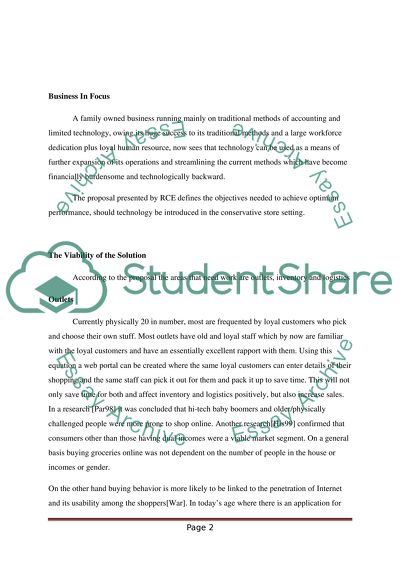Cite this document
(“Consulting report Assignment Example | Topics and Well Written Essays - 2500 words”, n.d.)
Consulting report Assignment Example | Topics and Well Written Essays - 2500 words. Retrieved from https://studentshare.org/information-technology/1648063-consulting-report
Consulting report Assignment Example | Topics and Well Written Essays - 2500 words. Retrieved from https://studentshare.org/information-technology/1648063-consulting-report
(Consulting Report Assignment Example | Topics and Well Written Essays - 2500 Words)
Consulting Report Assignment Example | Topics and Well Written Essays - 2500 Words. https://studentshare.org/information-technology/1648063-consulting-report.
Consulting Report Assignment Example | Topics and Well Written Essays - 2500 Words. https://studentshare.org/information-technology/1648063-consulting-report.
“Consulting Report Assignment Example | Topics and Well Written Essays - 2500 Words”, n.d. https://studentshare.org/information-technology/1648063-consulting-report.


